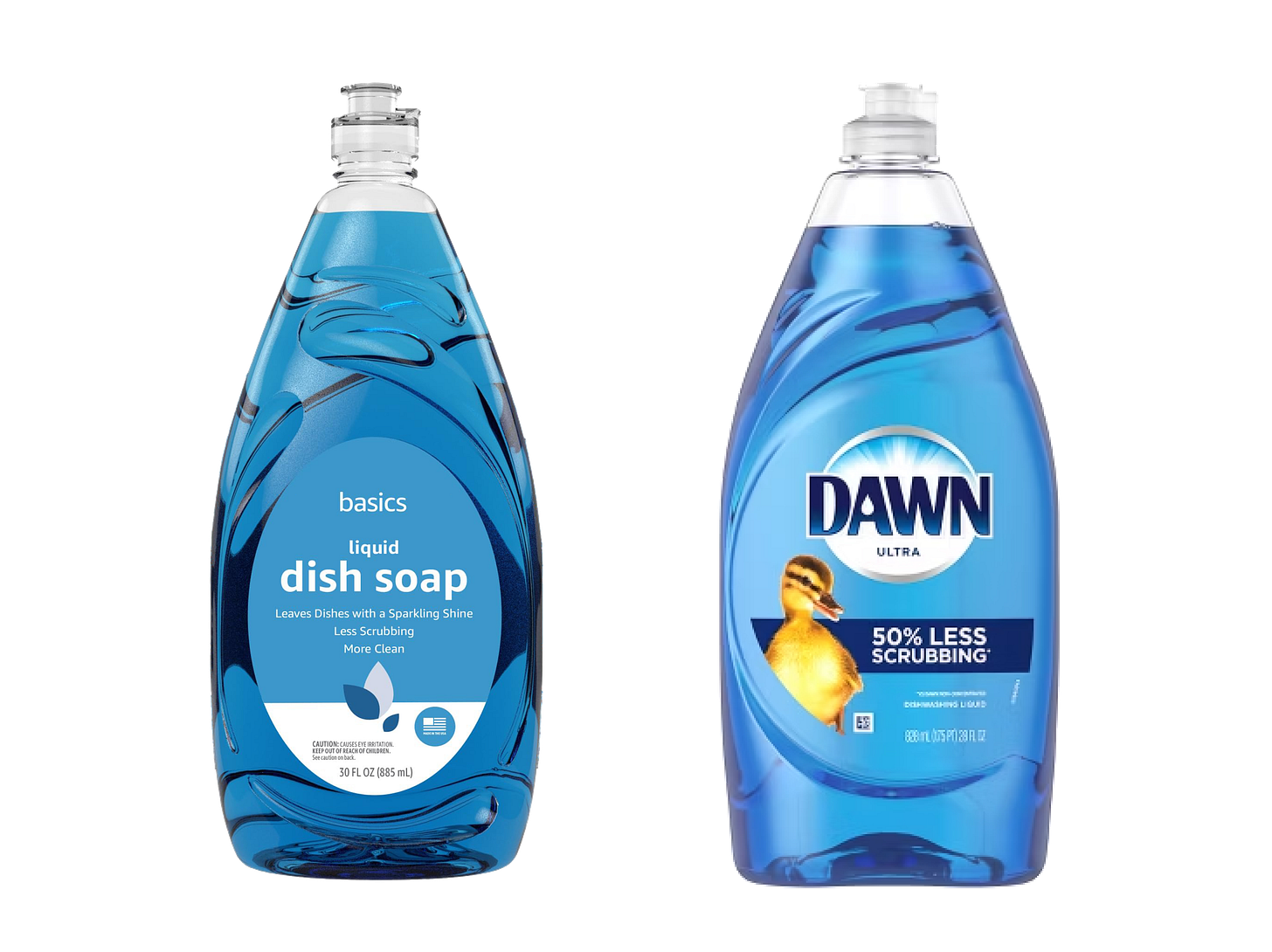The Subtle Cues in Branding that Influence Sales
Influence customer decisions by appealing to their automatic thinking.
This was adapted from a presentation I gave in October of 2024. This original post didn’t feel like my writing style. (Presentations are a different type of writing. Lesson learned.)
A new, better version—what I think is better—can be found here.
The moment you are observed—seen, heard—you are given a brand. The act of being judged, categorized, and cataloged has a word, that word is “Branding.” This can't be helped; you did it to me already—and within 120 milliseconds.* This is one of the best opportunities in business and it starts with what you imply.
The Power and Limitations of Our Thoughts
Our minds are powerful. We have the capacity to understand a lot in 120 milliseconds. For instance, your mind is bombarded with ten million bits of data per second; that's the equivalent of 10 HD movies*, yet while you read this, you see the room that surrounds you. You hear my words spoken clearly in your head as you can hear “that hum” in the background. You understand what I say, and yet, at the same time, you can have run a full conversation in your head.
But without much effort, the brain can also be distracted, swayed, or tricked.
What's 2 + 2?
Even if you tried to focus with the might of Captain Marvel, the number 4 would still pop into your head. You can’t stop it.
Now, off the top of your head.
What's 17 x 24?
Chances are you did not answer—and why would you, I have no reward for you. You probably figured that I’d give you the answer anyway. Even if you didn't know the answer, you had a vague intuitive knowledge that 12,609 is wrong. You also know 123 is not possible. But you wouldn't be certain if I told you it was 568.
This exercise (Nobel Prize-winning psychologist Daniel Kahneman wrote about it in his book Thinking Fast and Slow) sheds light on two modes of thinking we all have as people—and as customers: System 1: The Automatic System and System 2: The Reflective System.
The Battle in Your Customer's Head
As a business leader, you’ll love being aware of the strengths of both systems.
System 1 is for quick response. It's perfect for everyday needs like when you need to recognize a face or avoid a car accident. It takes very little mental effort and helps us multitask or manage new complex environments. It thrives on pattern recognition and uses past experience to make quick decisions without the analysis of every detail.
System 2 excels in logic and reasoning. It problem-solves and makes well-thought-out decisions. If you have a complex problem, it helps evaluate evidence, consider alternatives, and come to a rational outcome. It's crucial for critical thinking, to challenge an assumption, and evaluate an argument.
And as a business leader, you should be very aware of the downsides of both systems.
System 1's reliance on mental shortcuts makes it susceptible to biases and errors in judgment about people and environments. It can result in overconfidence, causing us to overlook details, context, and perspectives. Its automatic response can lead to snap judgments based on stereotypes, reinforcing prejudices. Because System 1 is rooted in habits, it is very resistant to change; it does not like to adapt to new information or situations.
System 2 is slow. Its deliberate, step-by-step nature is not always practical in fast-paced environments. It can only handle a certain amount of information at once, which can lead to overlooking important details or struggling with multitasking. It requires significant mental effort and concentration. This can be taxing and lead to mental fatigue, especially when dealing with complex problems for extended periods.
The "Fine" Trap: Why Your Customers Settle
Worst of all, when System 2 is overwhelmed or tired, it defaults to the less demanding System 1.
For me, there is no better example of this than my order at an ice cream shop that has over 30 to 40 delectable frozen delights. From shakes to sundaes, from Malts to Float, from mango to Rum Raisin, from Caramel Fudge Brownie to Vanilla Bean, my System 2 will default to the—satisfactory—System 1 answer of “One scoop of mint chocolate chip, please.”
Maybe you don't think about it, but I'm sure that nearly 70-80% of the things you buy are things you bought before.* That’s System 1 at work. And I can assure you that for most of these items, there are or were better, cleaner, healthier, tastier versions available.
But do you want to replace something that’s “fine” through an exhaustive deep evaluation, consideration, and rational thought process? Well, neither do your customers.
Imply: To Sell Without Speaking
After you create a good product or service, the next task is to make a purchase easy. But how do you make a customer see your vision and your value with clarity without making them drown in System 2?
It starts with what you imply.
You can spend a lot of time and effort trying to convince someone of the benefit of what you're selling, but if it's not as easy as 2 + 2, you'll spend a lot more time, effort—and money.

Open your company website in a new tab on your browser. Ask yourself, do I overstate the obvious, or do I speak to their wants? Do I talk more about my business or what they get from it?
Ask yourself, what am I implying here?


